MS-ETS1-4
Develop a model to generate data for iterative testing and modification of a proposed object, tool, or process such that an optimal design can be achieved.
-
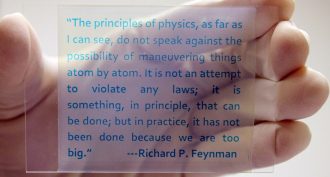 Tech
TechRewritable paper: Prints with light, not ink
Rewritable paper could save money, preserve forests and cut down on waste — and all without using any ink.
-
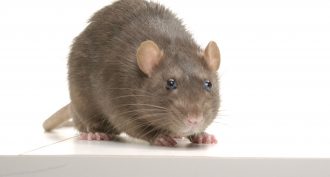 Genetics
GeneticsWhy animals often ‘stand in’ for people
Rats, birds, fish — even flies and worms — can stand in for people in laboratory testing. This allows scientists to safely evaluate harmful chemicals as well as to identify and test potential new drugs. But such tests will never be a foolproof gauge of effects in people.
-
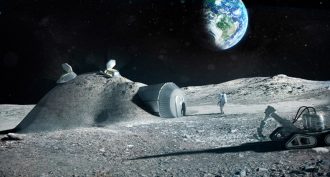 Tech
TechExplainer: What is 3-D printing?
A new type of computer printer is already doing a lot more than spraying ink onto paper. Some dispense metal, plastic, food — even cells. In short order, people may be able to manufacture almost anything from their home or office.
-
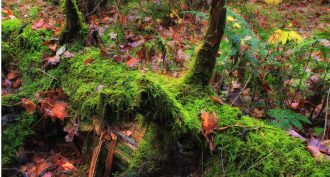 Microbes
MicrobesRecycling the dead
When things die, nature breaks them down through a process we know as rot. Without it, none of us would be here. Now, scientists are trying to better understand it so that they can use rot — preserving its role in feeding all living things.
-
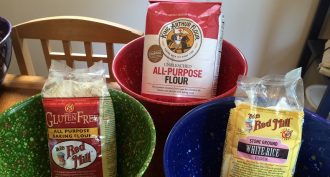 Health & Medicine
Health & MedicineCookie Science 2: Baking a testable hypothesis
I would like to make a gluten-free cookie that my friend can eat. But to do that, I need to come up with a hypothesis to test.
-
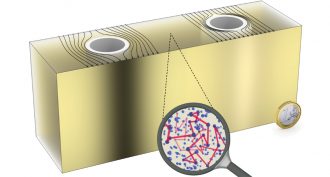 Physics
PhysicsHazing: How to hide in nearly plain sight
A new system takes advantage of a translucent fog of particles to hide otherwise obvious objects.
-
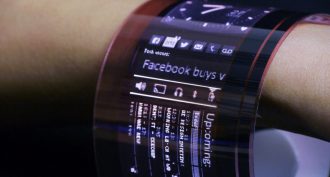 Tech
TechDigital displays get flexible
Flexible and unbreakable digital displays could soon be for sale, thanks to a new organic transistor made from plastic.
-
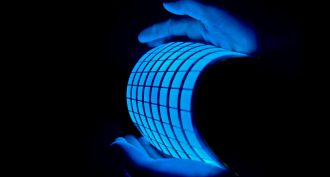 Tech
TechDigital lighting goes organic
An environmentally friendly lighting technology promises not only to save energy but also to transform our indoor environment.
-
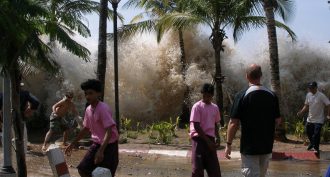 Oceans
OceansDigging a trench to stop a tsunami
Boyd Kane built his own wave tank to study tsunamis and how he might change the seafloor to stop their advance.
-
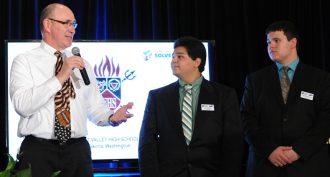 Science & Society
Science & SocietyStudents use STEM to help their community
Every community has its problems. A nationwide contest encourages students to tap science to solve local needs.
-
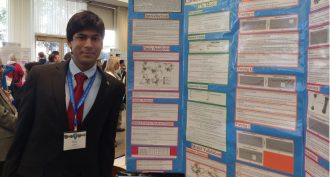 Computing
ComputingIntel STS finalist’s computer program models social life
Ajay Saini has brought together math and computer science to show how habits spread within social groups. His new computer program could help promote healthy habits.
-
 Health & Medicine
Health & MedicineIntel STS finalist uses math to help the blind
Intel Science Talent Search finalist Alec Arshavsky has built a computer program to help make sure people receive the right eye transplants to help reverse blindness.